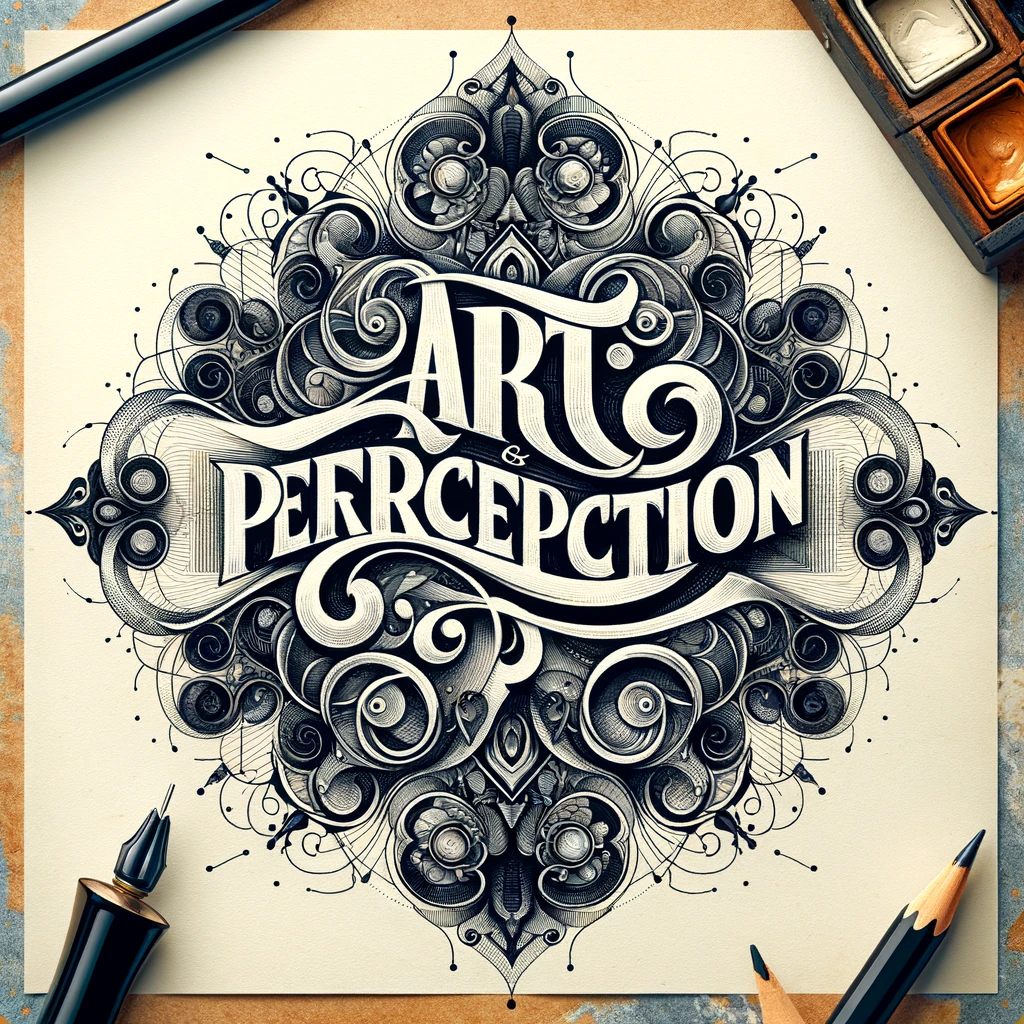Unlocking the Mysteries of Ambigrams: A Journey Through Art and Perception
Ambigrams, a remarkable fusion of art and language, are a fascinating topic for both designers and linguists. At their core, ambigrams are typographic designs that retain meaning when viewed from different perspectives. This intriguing form of art can spell the same or different words when flipped, mirrored, or rotated. In this comprehensive guide, we’ll explore the world of ambigrams, their history, types, and how they captivate our imagination.
The Enigmatic History of Ambigrams
The concept of ambigrams dates back centuries, with examples found in calligraphy across various cultures. However, the term “ambigram” was coined in the 1970s by cognitive scientist Douglas Hofstadter. Fascinated by the symmetry and visual properties of words, Hofstadter sparked a new interest in ambigrams among artists and designers. This section will delve into the historical roots and evolution of this enthralling art form. For those eager to dive deeper, offers www.ambigramania.com a treasure trove of examples and insights into the world of ambigrams.
Understanding the Different Types of Ambigrams
Ambigrams come in various styles and types, each offering a unique visual experience. The most common types include rotational, mirror-image, and figure-ground ambigrams. Rotational ambigrams can be read when turned upside down, mirror-image ambigrams form words when reflected in a mirror, and figure-ground ambigrams play with positive and negative space to reveal different words. We’ll explore these types and more, showcasing the versatility and creativity inherent in ambigram design.

The Psychology Behind Ambigrams
Ambigrams are not just visually appealing; they also engage our brains in unique ways. This section will discuss the cognitive aspects of interpreting ambigrams, including how our brain processes these complex designs and why they are so captivating. We’ll explore the balance between familiarity and novelty that makes ambigrams particularly alluring.
Design Principles of Ambigrams
Creating an ambigram is an art that requires a deep understanding of typography and design principles. In this part, we’ll break down the key elements of successful ambigram design, including symmetry, balance, and legibility. Whether you’re a seasoned designer or a curious enthusiast, these insights will help you appreciate the intricacies of crafting an ambigram.
Famous Ambigram Artists and Their Work
Several artists have made significant contributions to the world of ambigrams. John Langdon and Scott Kim are among the most notable, each bringing their unique style and philosophy to their designs. This section will highlight these and other artists, examining their most iconic works and the impact they’ve had on the art form.
Ambigrams in Popular Culture
Ambigrams have made their way into various aspects of popular culture, including book covers, logos, and tattoos. Perhaps the most famous example is Dan Brown’s novel “Angels & Demons,” which features an ambigram on its cover. This section will explore how ambigrams have been used in media and entertainment, illustrating their broad appeal and versatility.
The Process of Creating an Ambigram
Creating an ambigram is a challenging yet rewarding process. This part of the article will provide a step-by-step guide on how to design your ambigram, from conceptualization to the final touches. We’ll also discuss the tools and software that can aid in the process, making it accessible to both beginners and experienced designers.
The Role of Ambigrams in Branding and Marketing
Ambigrams can be a powerful tool in branding and marketing, offering a unique way to present a brand name or message. This section will discuss how businesses have used ambigrams in their branding strategies and the effect they can have on consumer perception. We’ll explore the balance between readability and creativity, and how ambigrams can make a brand stand out.
Overcoming Challenges in Ambigram Design
While ambigrams are fascinating, they are also notoriously difficult to create. This section will address the common challenges designers face when creating ambigrams, such as maintaining legibility and balancing form and function. We’ll provide tips and strategies for overcoming these obstacles, helping aspiring ambigram artists improve their craft.
The Future of Ambigrams
As technology advances, so do the possibilities for ambigram design. This final section will speculate on the future of ambigrams, discussing potential innovations and how they might be used in digital media, virtual reality, and other emerging platforms. We’ll also consider the ongoing interest in ambigrams and what it says about the human fascination with language and art.
